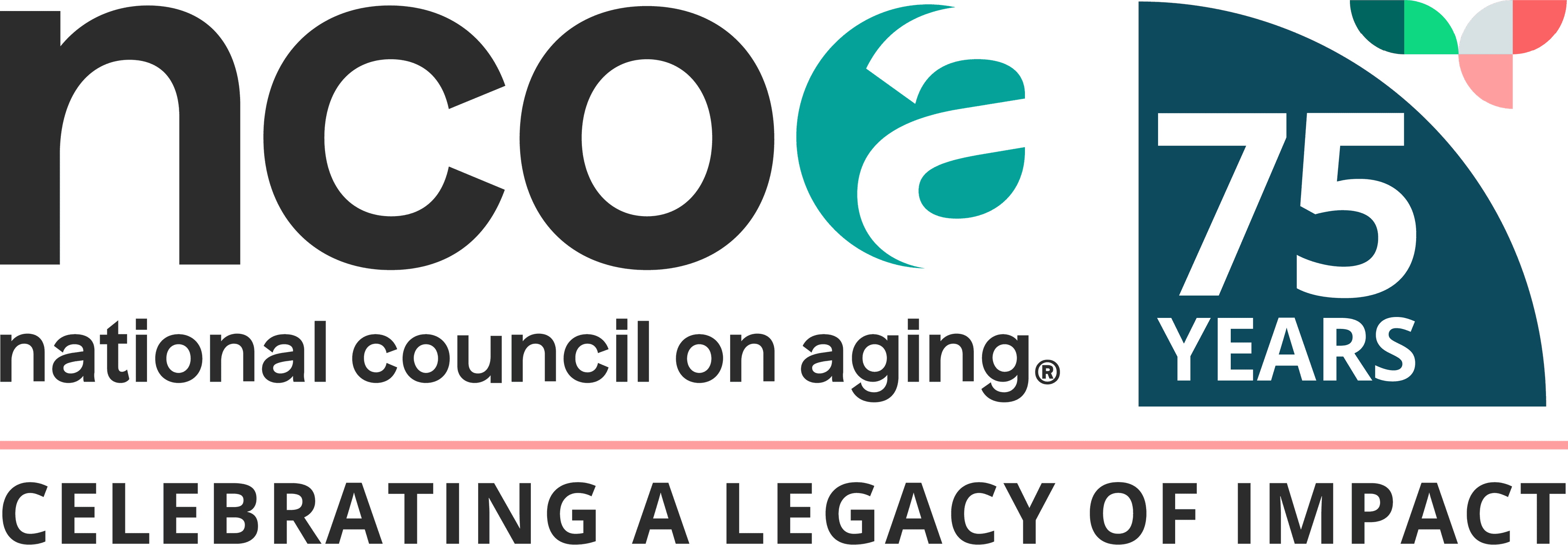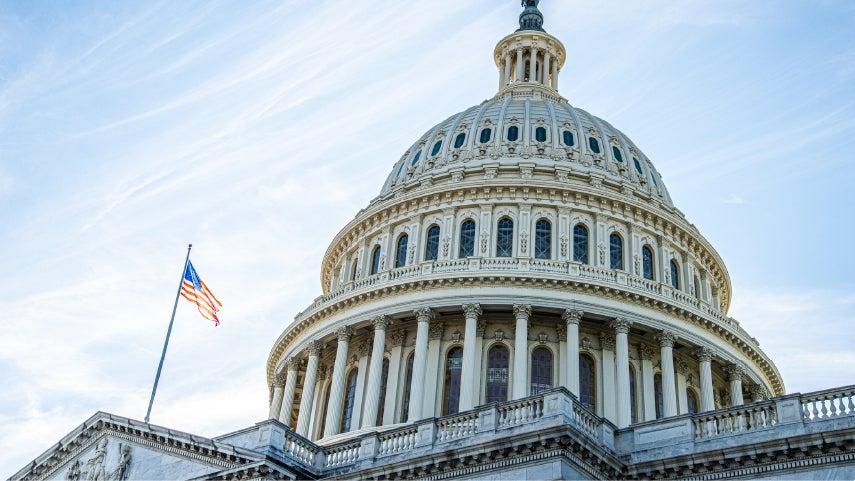
On July 14, 1965, President Lyndon B. Johnson signed the Older Americans Act (OAA) into law. For nearly 55 years, the Act has preserved older Americans’ right to live independently, with health and financial security, making everyday decisions according to our individual preferences and goals across our lifespan.
Now in its 60th year, the OAA supports a nationwide network of organizations—across national, state, tribal, and local levels—in delivering vital programs that help older adults age well, especially those most at risk.
Older Americans Act background and history
Explore these resources to learn more about the origins and evolution of the OAA:
- Administration for Community Living (ACL), OAA statute history and National Aging Services Network fact sheet
- AARP Public Policy Institute, November 2024 Report
- National Health Policy Forum, OAA Background Paper
- Congressional Research Service (CRS): Older Americans Act: Summary in Brief and Older Americans Act: Overview and Funding
- National Association of Area Agencies on Aging, Local Leaders in Aging and Community Living
- USAging, Local Leaders in Aging Well at Home
Annual funding for OAA
For information on Older Americans Act funding allocation and FY 2025 federal budget proposals, see the following:
Reauthorization priorities for OAA
The Older Americans Act (OAA) has been updated several times through the reauthorization process, most recently in 2020. It is now up for reauthorization again. NCOA remains committed to securing annual funding for OAA programs that support the vital needs of older adults, caregivers, and the communities that serve them.
Our key reauthorization priorities are:
- Healthy aging: Everyone deserves access to care that helps them stay healthy and independent—and avoid costly hospital or nursing home stays. Falls prevention, chronic disease self-management education (CDSME), and evidence-based healthy aging programs should be maintained.
- Economic security: With poverty rising, older adults need better support, especially as many work longer while facing age-related barriers to employment. The Senior Community Service Employment Program (SCSEP), the only workforce development program for older workers, should be maintained.
- Senior centers: Senior centers promote healthy living, social connection, and overall well-being for older adults. Congress and the administration must strengthen the authorization for modernizing these vital community hubs.
NCOA President and CEO Ramsey Alwin testified before the U.S. Senate Committee on Health, Education, Labor & Pensions on March 7, 2024, emphasizing the importance of revamping the law to meet the needs of today's older adults.
"Reauthorization of the OAA provides a critical opportunity to strengthen and revitalize its many important provisions," Alwin explained in her testimony. "Previous bipartisan reauthorization efforts have created innovative new programs that have significantly improved the lives of older adults, their caregivers, and the Aging Network."
We all have a role in making sure the OAA continues to support programs that promote the health and independence of adults age 60 and older.
Make your voice heard. Send a personal message to Congress explaining why the OAA matters to you and the older adults you care about.



